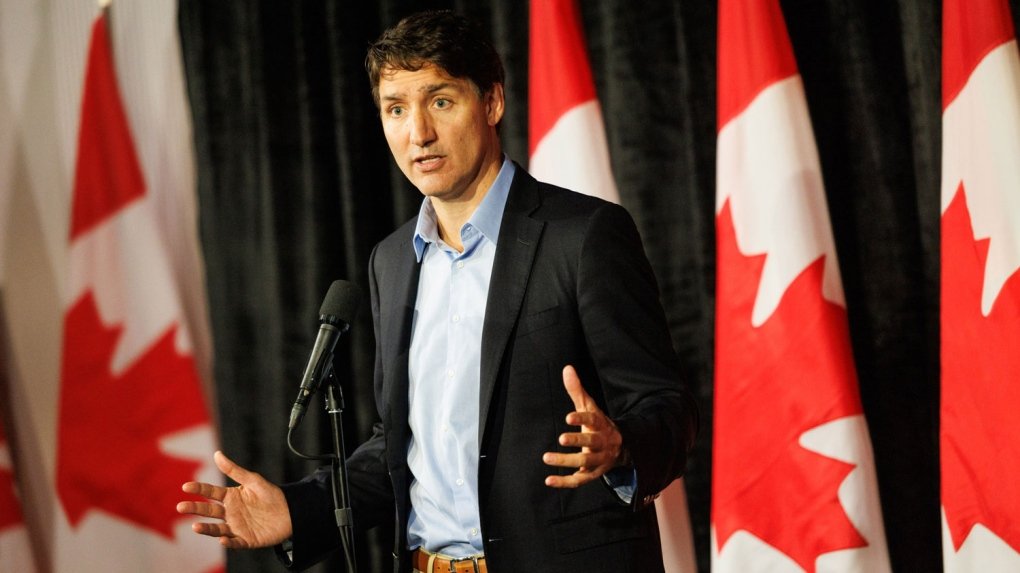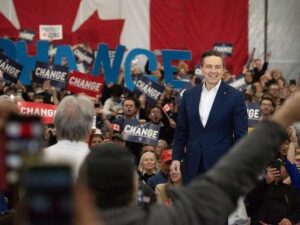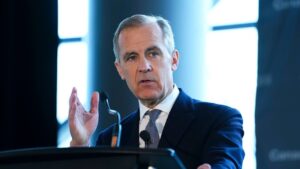
Canadian employers have become “addicted” to migrant labour, Immigration Minister Marc Miller told the Senate last evening as the Trudeau government is expected to table a new Immigration Levels Plan next month that rolls back the Temporary Foreign Worker Program.
“To some extent the country has indeed gotten addicted to temporary workers,” Miller told Senate Question Period. “Businesses have taken advantage of that. They have leveraged that opportunity,” he added.
Canada last year let in 1,040,985 foreign students, another 766,520 migrant workers and 471,550 landed immigrants. Cabinet has proposed to cut the number of foreign students by at least 35% and reduce the migrant workforce by at least 65,000, reported Blacklock’s Reporter.
“I think there is some responsibility there,” Miller said. The Trudeau government earlier proposed reverting to 2014 regulations capping the hiring of foreigners at 10% of payroll.
At the end of 2023, nearly 190,000 people held valid work permits through the program, representing an astonishing increase of 157% from 2019.
Cooks, food counter attendants and construction workers are among the low-wage employees in high demand, reported the Globe and Mail. Applications for low-wage streams may also be refused with the unveiling of the Immigration Levels Plan.
As part of the announcement, federal officials pledged to enforce the 20% cap on foreign workers for low-wage positions, and mandate employers demonstrate their labour needs cannot be filled locally. That cap increases to 30% for healthcare and construction.
“What we don’t want to do I think is over-correct and make sure we are not throwing the country into a recession, that we are not damaging vital industries,” Miller told federal officials Thursday.
Senator Tony Loffreda last evening questioned the impact on employers. “For some entrepreneurs struggling to find workers, a possible reduction in new workers is concerning.”
“Can you speak to us about your consultations with the business community? What are they telling you?” asked Senator Loffreda. “I have spoken to a lot of business associations, chambers of commerce,” replied Minister Miller. “Without a fault all of them ask for more and more temporary foreign workers.”
Employment Minister Randy Boissonnault met with several business associations August 6 detailing they could not hire temporary workers in place of qualified Canadians.
Employment and Social Development Canada (ESDC) notes the pandemic labour shortages were no longer a concern, alluding to program cutbacks. They declined to clarify who attended the meeting.
“… we can’t get complacent about that,” Miller told Senators. “I think to some extent we have gotten complacent,” he admitted.
“The Department of Immigration bears the majority of responsibility for federal immigration planning and programming,” said the May 21 report Act Now: Solutions For Temporary And Migrant Labour In Canada. “…it has been challenging to identify a single cohesive immigration and migrant labour strategy that is not simply a patchwork of reactive policies and programs.”
Cabinet’s Immigration Levels Plan is typically tabled in Parliament each November. This year, for the first time, they will detail the true number of foreigners let into Canada under various programs, including temporary foreign workers.
Migrant Labour complained the number of landed immigrants permitted in Canada each year under a 500,000 quota represented only a fraction of the true population of foreigners in Canada.
“We are constantly adjusting and making sure we are meeting the moment every step of the way,” Prime Minister Justin Trudeau told reporters on August 26. “This fall we will be presenting for the first time an Immigration Levels Plan that doesn’t just talk about permanent residents but also talks about temporary residents whether it is foreign workers or others.”
That represents a stark departure on the immigration file for the federal government, which radically expanded the temporary foreign worker program in recent years. Immigration Minister Marc Miller previously told reporters that new measures to limit population growth are in the works, especially with data from Statistics Canada putting Canada’s population at more than 41 million people.
“The era of uncapped programs to come into this country is quickly coming to an end,” the minister told Reuters, after admitting that Canada’s immigration system is “out of control” and “a bit of a mess.”








